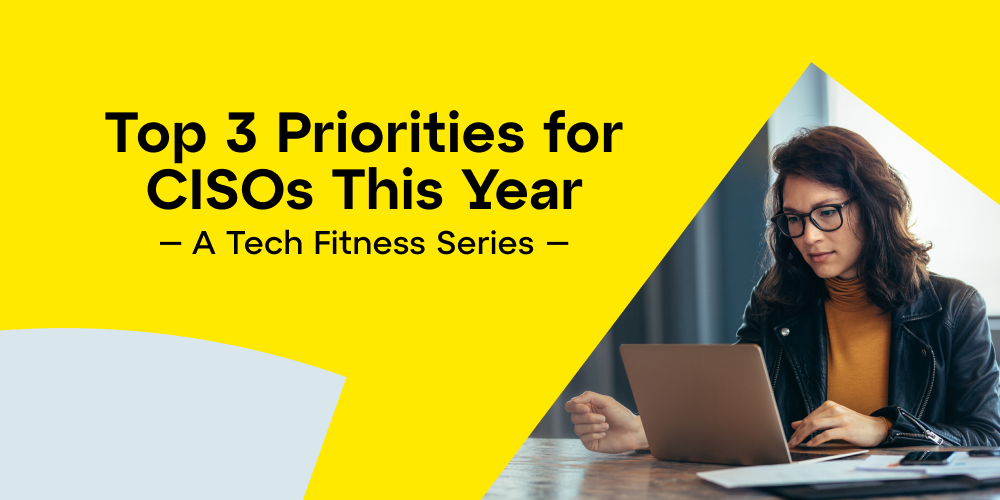In the always-evolving cybersecurity industry, each year brings new changes and more advanced threats. Security experts face a range of challenges to keep businesses safe, and there is no one-size-fits-all solution to prevent an attack. However, as we begin the new year, there are three key priorities CISOs and security experts should consider to ensure their technologies, teams, and operations are well-prepared to mitigate risk. All three can be considered an important part of a company’s tech fitness strategy, which emphasizes regularly evaluating and leveraging technologies aligned with business goals to streamline operations and foster growth.
Understanding and Safely Enabling Generative AI
In 2023, businesses and individuals the world over were swept up in the rush of new generative AI tools and advanced capabilities suddenly available to them. The question now isn’t whether this sweeping AI adoption will continue in 2024 (it will), but how security leaders can help equip companies to use these technologies safely and responsibly.
As the vanguard of innovative technology implementations, security teams should be at the forefront to act as early testers of generative AI’s applications and experiment with the tech to analyze the potential risks before a solution is introduced to the rest of the business. By taking a proactive approach, CISOs can guide business leaders and employees on best practices and safeguards to ensure that the benefits of innovation are not compromised by potential security threats like the exposure of sensitive internal data or irresponsible use of AI.
Generative AI can be used to create realistic images, videos, text, or audio. These can be beneficial or harmful depending on the context and the intent. As it becomes more pervasive, we can also expect to see more sophisticated, well-informed, and expertly crafted phishing, vishing, and smishing attacks. Attackers are increasingly leveraging AI to perfectly tailor their messages to targets, and that demands a heightened focus on AI-driven security measures. The better security teams and employees understand the technology, the better they can identify and prevent new threats.
Demonstrating ROI Through Posture Management
With budgets shrinking, CISOs find themselves under increasing pressure to justify every dollar spent on cybersecurity initiatives. The key to navigating this financial challenge lies in being able to show a clear return on their investment. Posture management, or the system by which companies detect and prevent threats and tech stack misconfigurations, plays a key role in highlighting the value of the technologies and systems in place to mitigate these issues.
Whether utilizing Cloud Posture Management (CSPM), Data Security Posture Management (DSPM), or Network Security Posture Management (NSPM), security leaders can provide detailed insights into where funds are allocated and demonstrate the resulting business revenue and threat prevention. Posture management ensures that budgets are contributing meaningfully to the organization's overall security and that decision-makers can clearly see that value when wallets are tight.
Optimize Systems for Efficiency and Security
The start of the new year is a crucial time to review a business’ major tools and processes. Make sure software and infrastructure are properly integrated, and existing procedures are streamlined to save valuable time and resources. Security leaders should look back at the previous year to understand what worked well and what didn’t – whether that’s the malware detection tools in place, coordination with IT teams, or even the chain of approval required when responding to threats – and adjust to fill any gaps.
System optimization is not only about efficiency but also a strategic move to enhance overall cybersecurity. Eliminating or overhauling outdated systems that are no longer effective is paramount in maintaining a secure network and reducing a company’s attack surface. With the scope and number of attacks continuing to grow, now is the time to shore up systems against those threats.
2024 will pose unique challenges for CISOs, and we cannot predict all the threats that may emerge in the new year. Businesses will need to remain vigilant and ensure they have the technologies and systems in place to mitigate risks. However, by focusing on the three key priorities of enabling secure generative AI solutions, proving ROI with posture management, and optimizing systems for efficiency and security, security leaders and their teams will be well-prepared to navigate the complexities of this evolving cybersecurity landscape.



